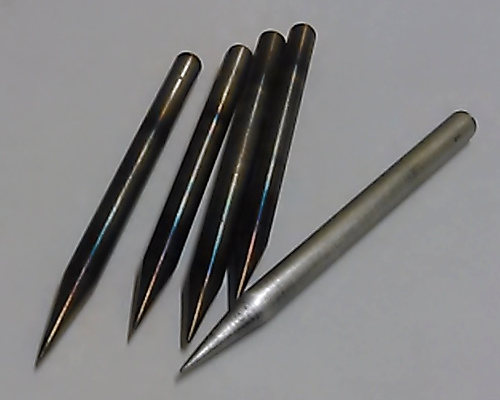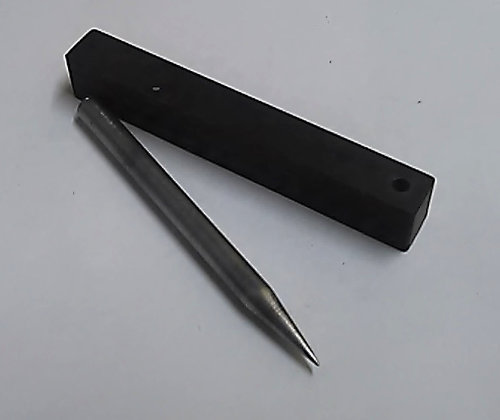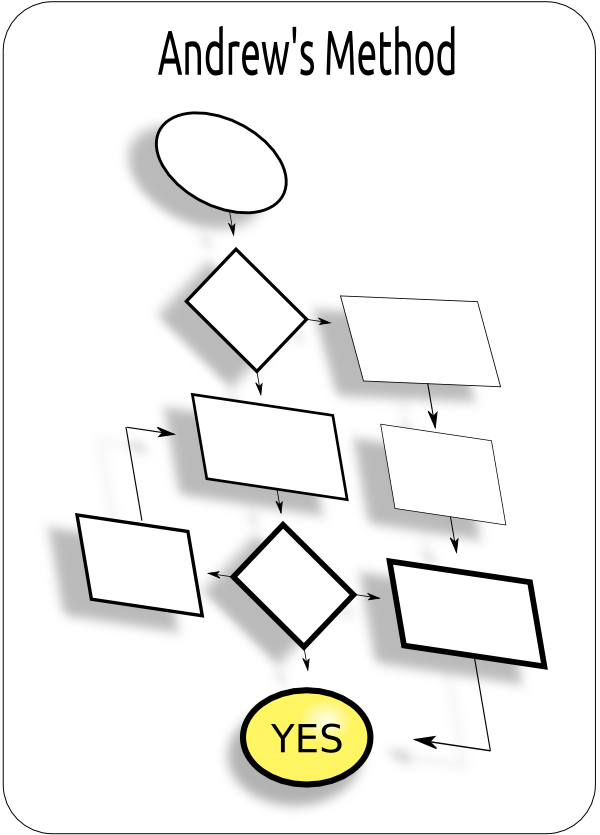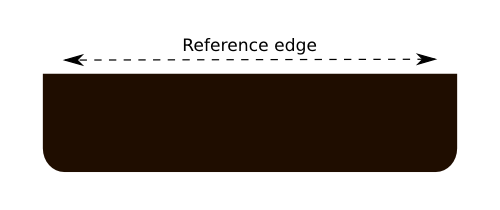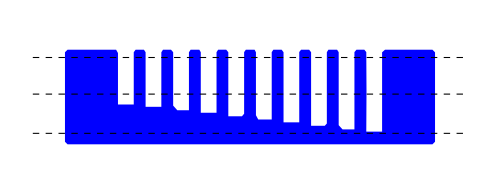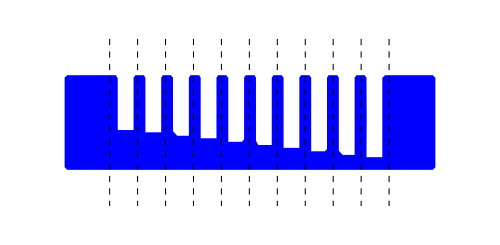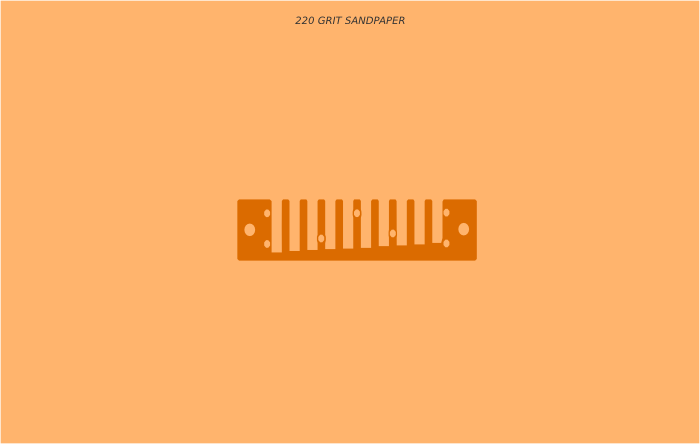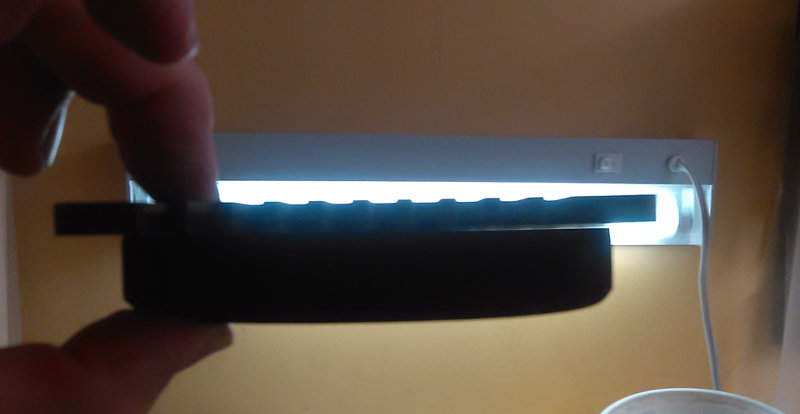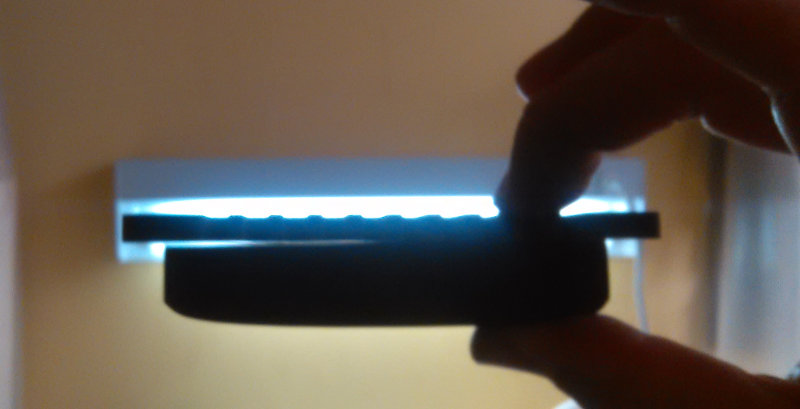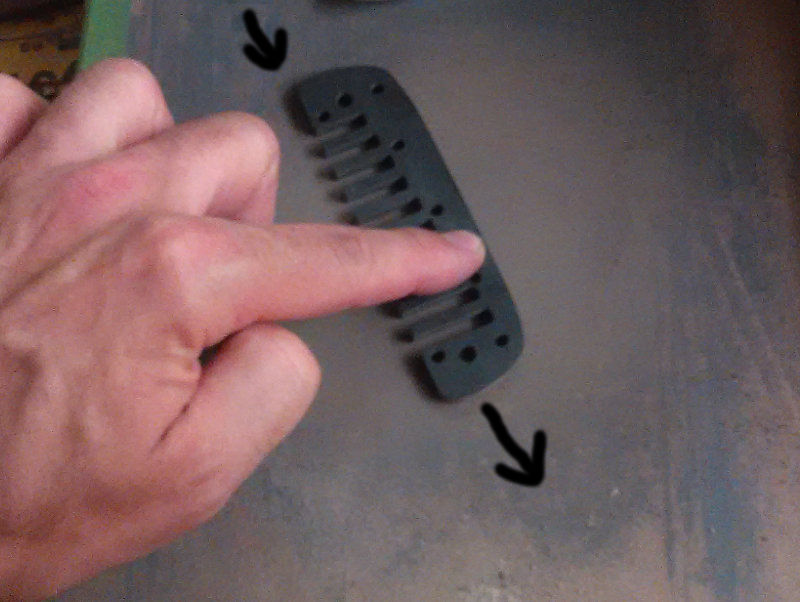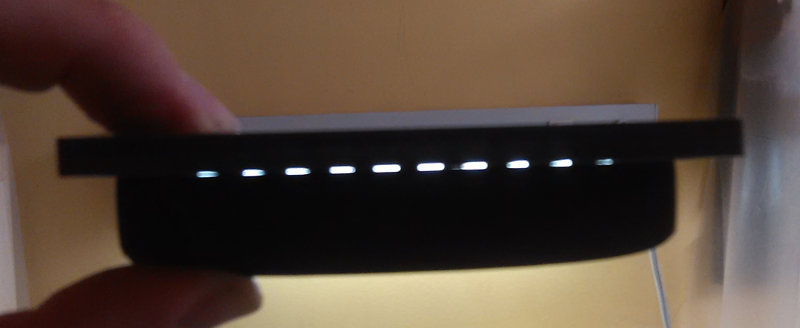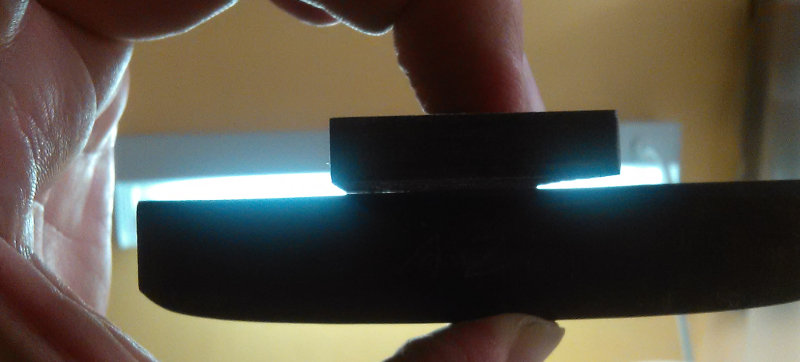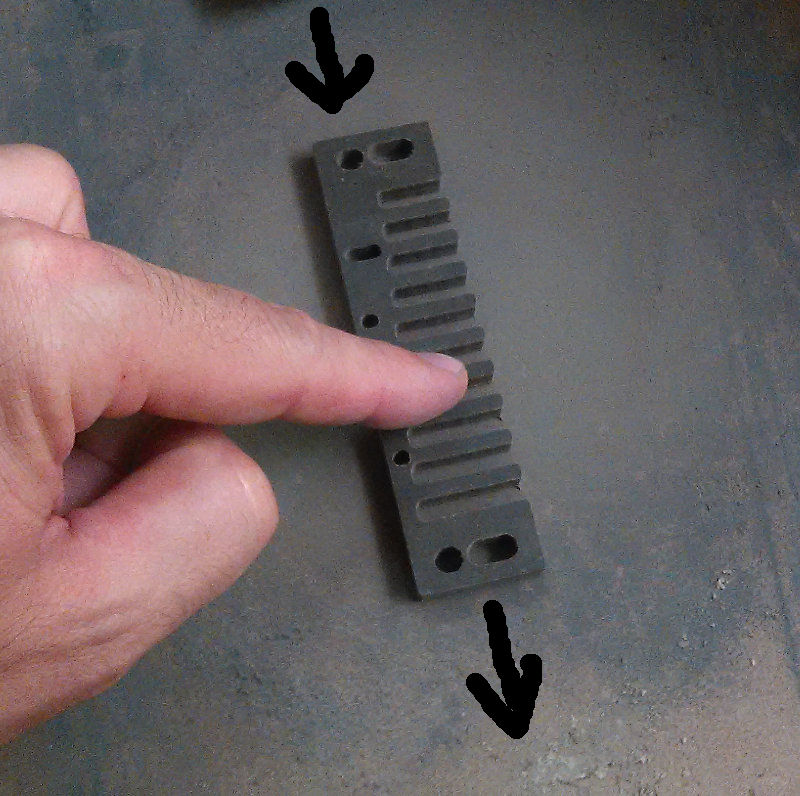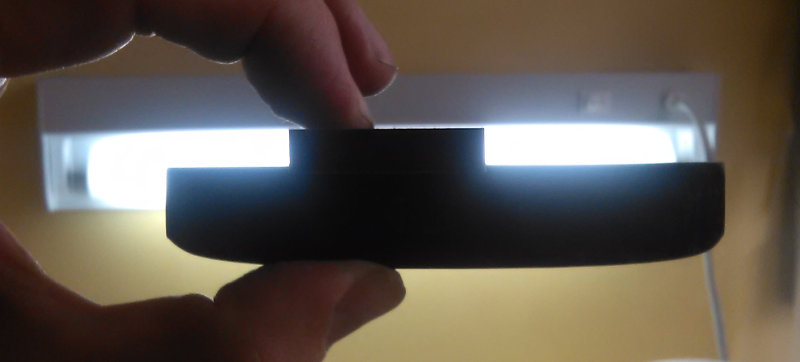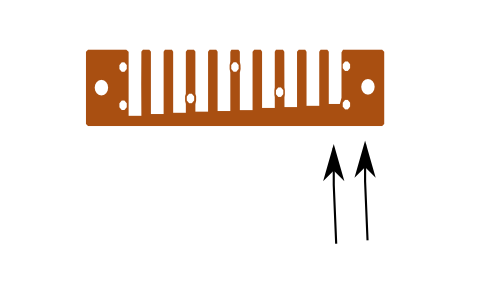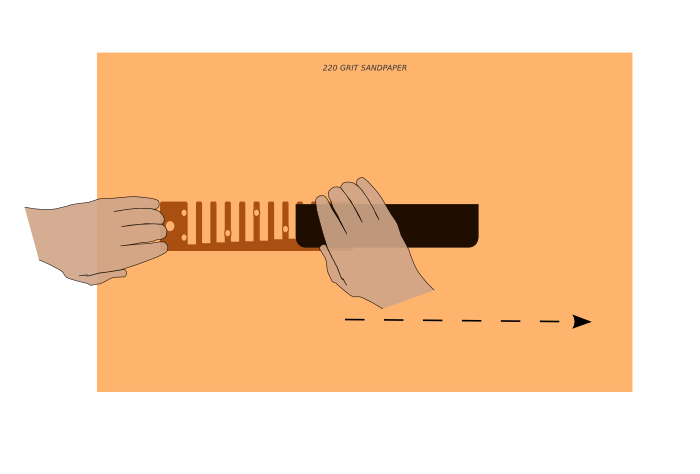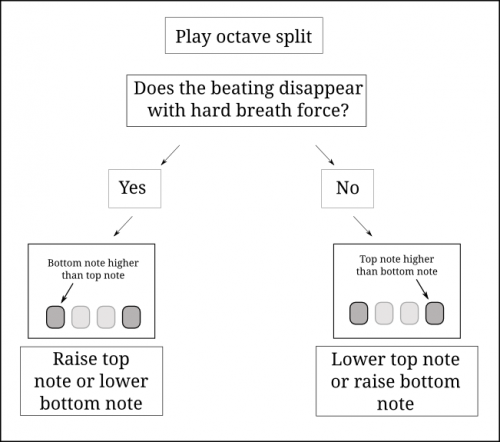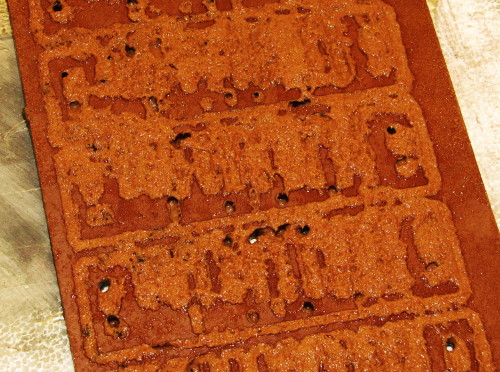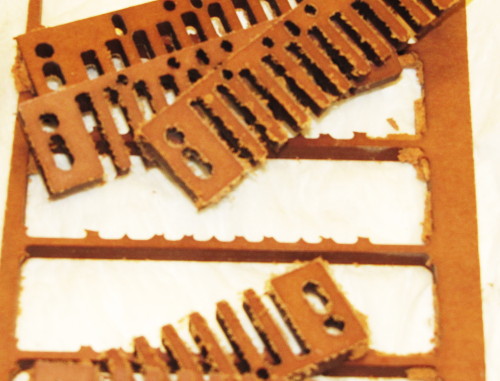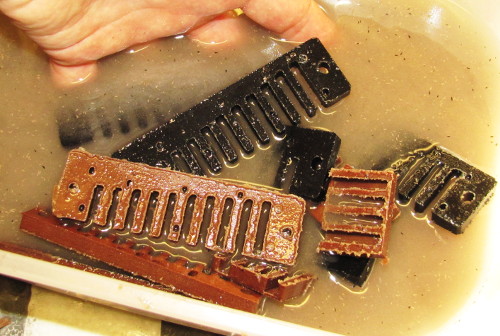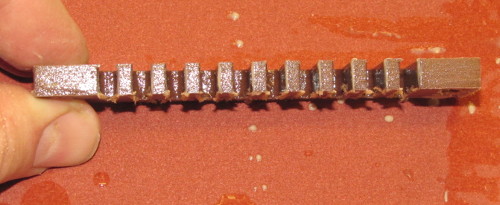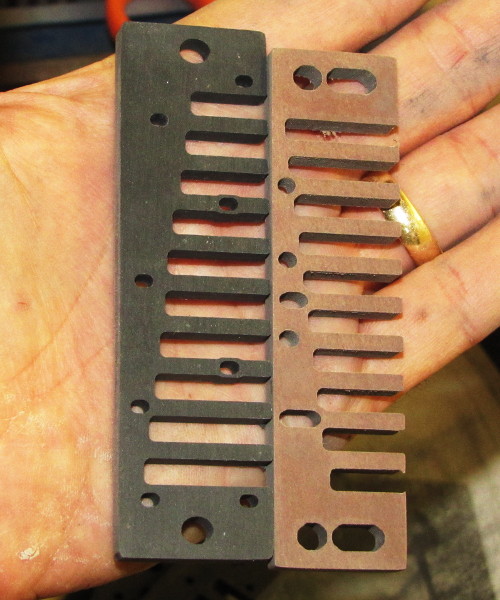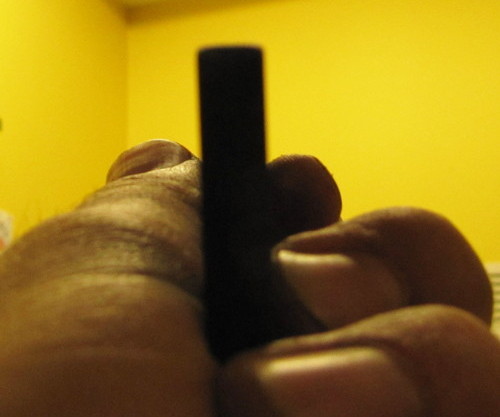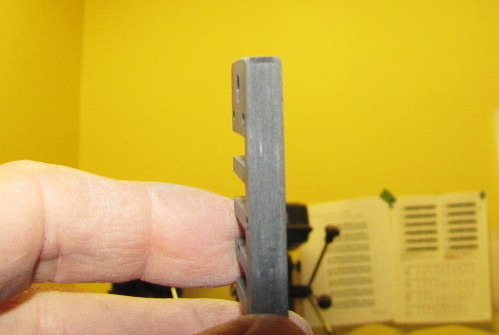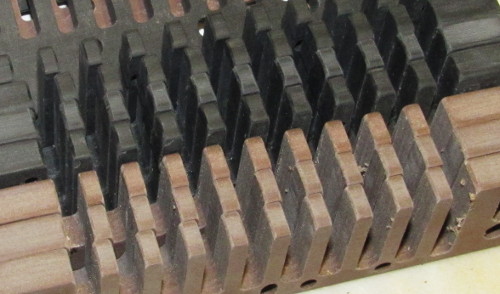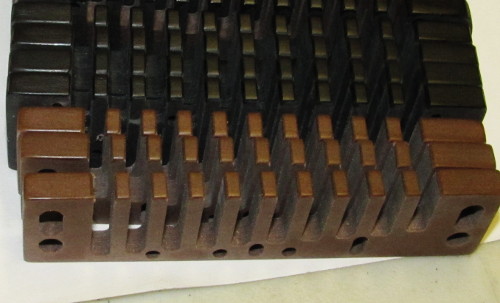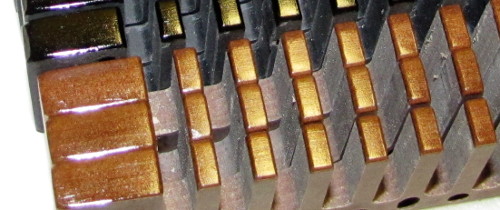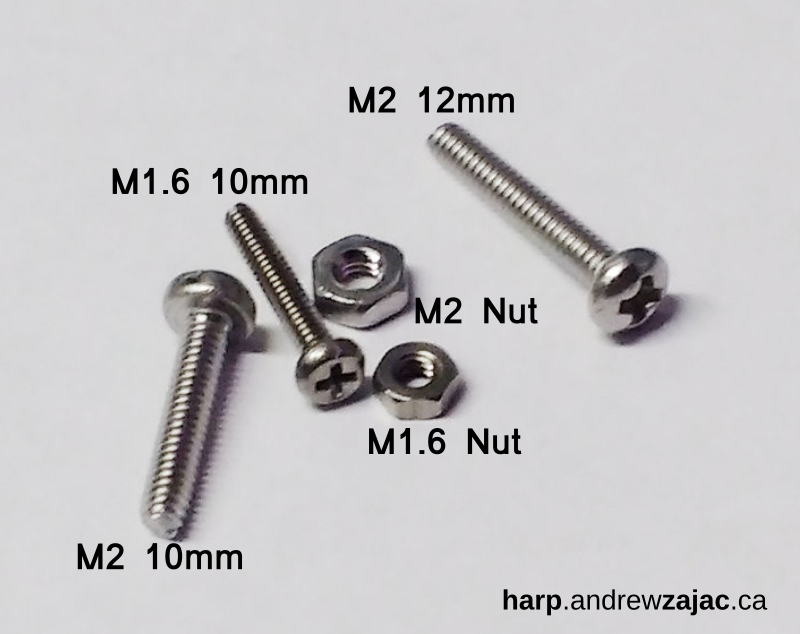This is part of a series about tuning the diatonic harmonica
Part 1 - Tune a harmonica using your ears and a simple chromatic tuner
Part 2 - More Better - ultra precision tuning
Part 3 - Perfect Pitch: Using breath dynamics for tuning
___________________
Can you have too much of a good thing? Probably.
Can a harp be in absolute perfect tune? Maybe. If you don't care all that much about harmonica tuning (as long as your harp doesn't sound too bad), you can stop reading this and go back to playing some mean harp or practicing scales.
You can find a straightforward method of tuning a diatonic harmonica here: Tune a harmonica using your ears and a simple chromatic tuner. That will get your harp sounding very nicely.
If you obsess about tuning and are willing to spend a considerable amount of time and effort to get it perfect, read on!
In summary, we will apply the same strategy we've used to get the octaves in tune to the fifths and thirds.
Here's an important fact: You need to tune every Fifth with as much accuracy as you can.
What's so special about the fifths?
Every note of the scale has a purpose. For example, the Thirds and the Sevenths give the scale it's general sense of being (major, minor, dominant...). Fifths imply the Tonic; they are closely related to the tonic. It's important to get the tuning of the fifth (and fourth - same thing) right to make the chord sound nice.
Since the tonic and fifth are so closely related, the margin of error is considerably tight. A very small adjustment can go a long way. Often a fifths is tuned to less than 2 cents from ET, so even if you like your harps tuned to ET, you should be able to get away with such a small offset - you get the best of both worlds.
No chromatic tuner will be of help - you need to use your ears for adjustments this precise.
There are a lot of fifths on the standard diatonic harp. Every arrow in this picture is an interval of a fifth. If you enjoy tuning, dig in!

I can't tongue-block these intervals without affecting my embouchure which will cause some bending of these notes. That's not helpful to precise tuning! To play these intervals with a natural embouchure, you can isolate these pairs of reeds with the cover plates off using one finger to mute the thirds.
There are two chords on the draw plate so there are two different Fifths! The 2 draw is the tonic of the 1-2-3-4-5 draw chord. But the 4 draw is the tonic to the 4-5-6 minor chord. So 2-4 draw is an interval of a fifth, but so is 4-6 draw. These notes are repeated up the harp so 6-8 is a fifth, too.
Waitaminute! 6-8 is a fourth! Yes, but 8-6 is a fifth!. Take a minute to think about that...
...
And 8-10 is a fifth.
So tune the fifths with your tuner and then fine tune them with your ears. Play the tonic and the fifth and eliminate beating in the same way you eliminate beating when you tune octaves (using variable breath force to figure out which way to adjust the notes. See here: Tune a harmonica using your ears and a simple chromatic tuner. These beats are a little harder to hear than straight octaves, but they are there.
Thirds anyone?
Now that you have tuned all the fifths to perfection, can you use the same process with the thirds? Sure. Play the tonic and third together and fine-tune it to eliminate beats.
On the draw plate, there are two chords so there are two thirds. The 3 and 7 draw are major thirds to the 2 draw. The 5 and 9 draw are minor thirds to the 4 and 8 draw. Since major thirds need to be tuned about 12 cents flat to be just, you can compromise and find a nice sounding spot in between equal (0) and just (-12). Minor thirds are just at +16 but they sound pretty good near zero.
Remember the 5 draw is also the flat seventh of the 2 draw as well as the minor third of the 4 draw. What sounds good for one may not sound so good for the other. You decide what's best...
This is an extended French TunerTuner™. They are not part of my tool kit but are available separately.
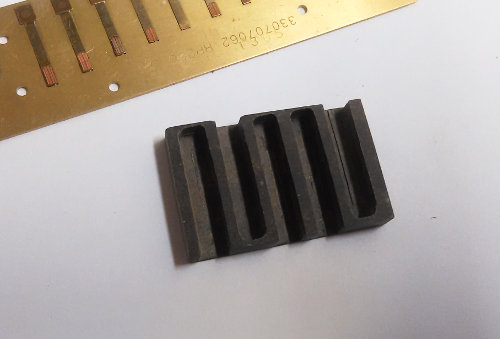
What does it do? It helps tune the Fifths, Thirds as well as the Octaves on the blow plate.
The extended French Tuner works just like the regular FT. It plays octaves on one side and plays the other intervals on the other side.
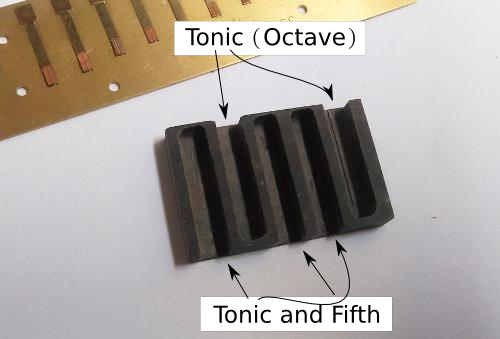
Octaves:

Fifths:
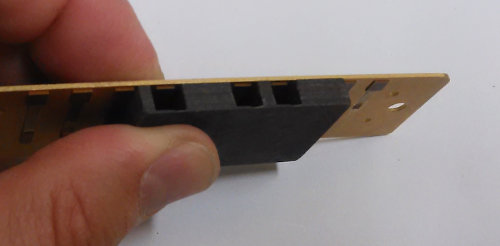
You don't need any fancy equipment to tune properly. Even the French tuner/extended FT is just a tool to speed up the process. Use your ears. I'm posting these images to offer you a further visual example of what reeds to tune as pairs.
Some points to remember about tuning intervals relative to the tonic:
- If you play both the Tonic and the Fifth, a chromatic tuner will indicate the tonic - even if the tonic is the higher note (example, 3-4 blow or 6-8 draw.)
- Use your ears just like when tuning perfect octaves.
- If you hear beating that disappears when you increase your breath force, the bottom reed is tuned higher than the top reed (again, even if the bottom reed is the fifth)
Happy tuning!
